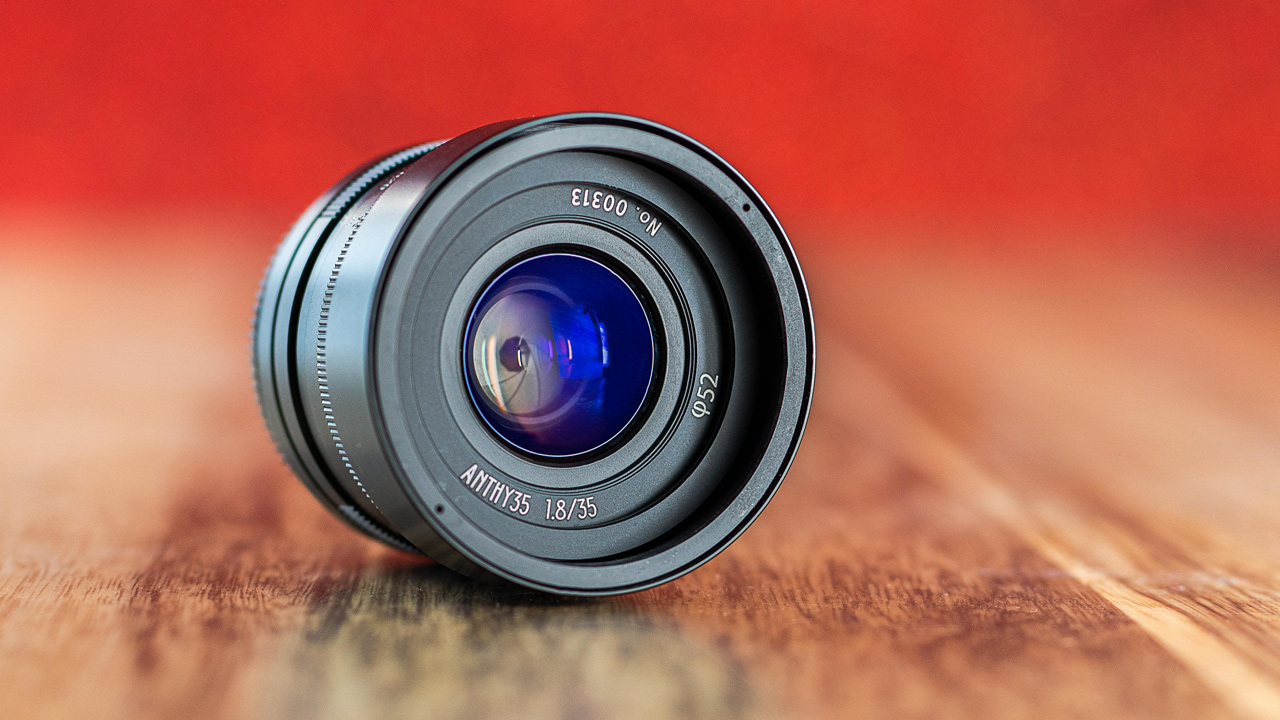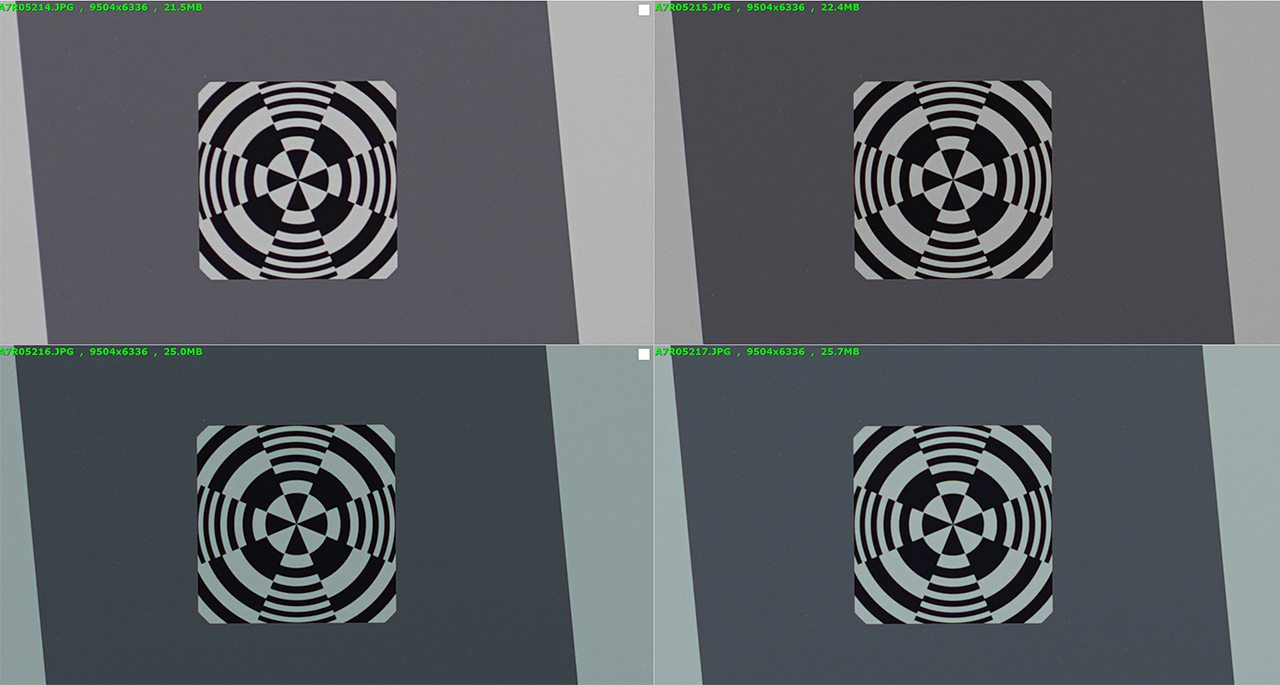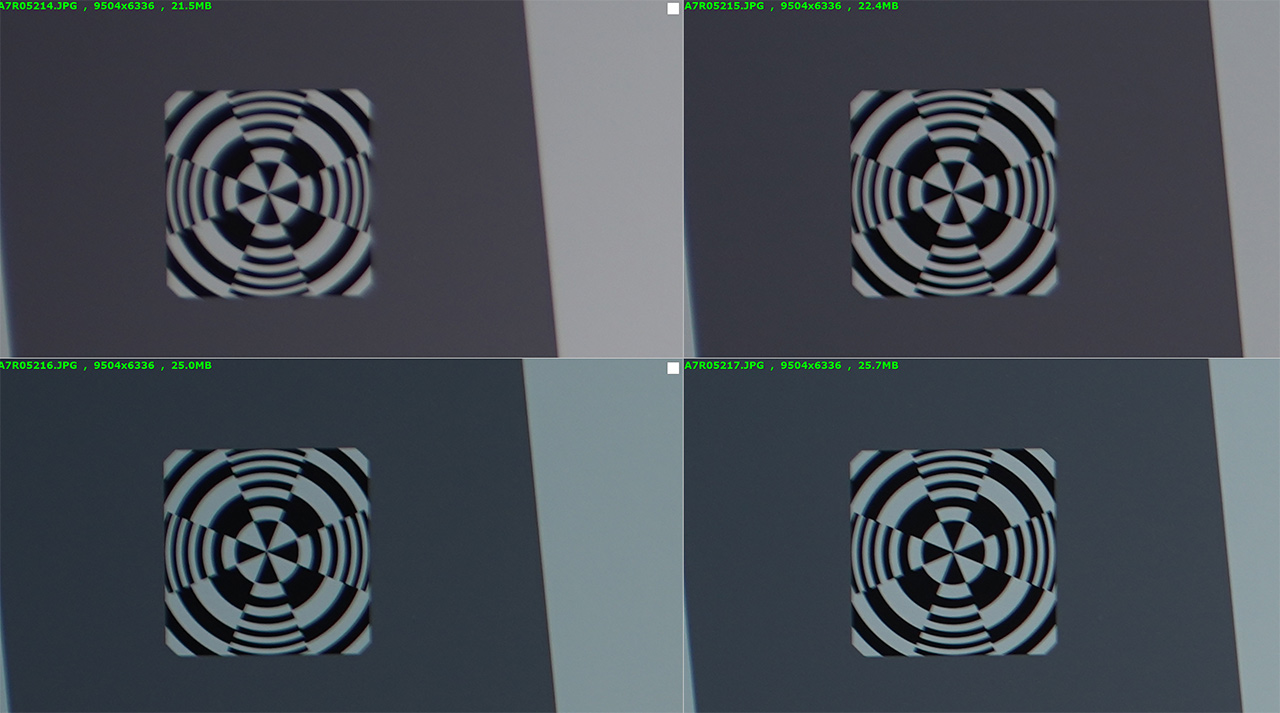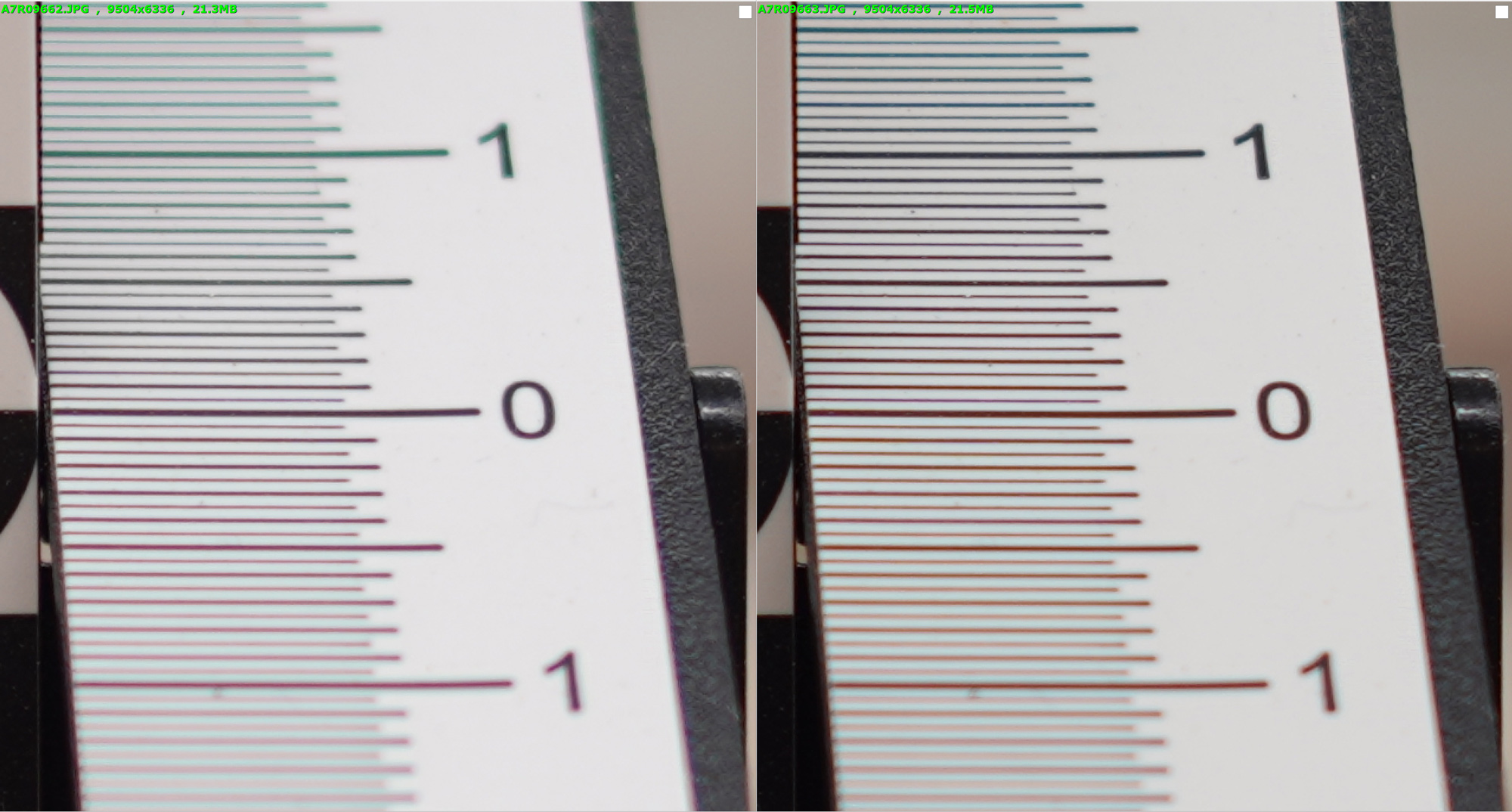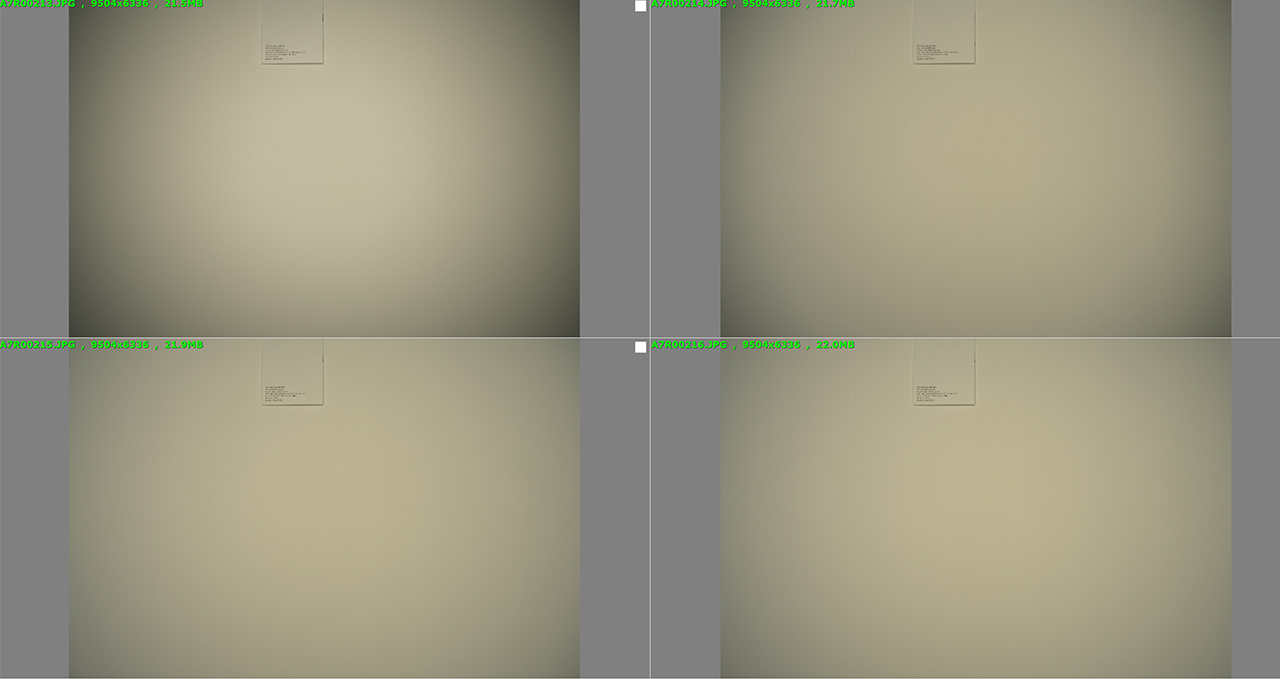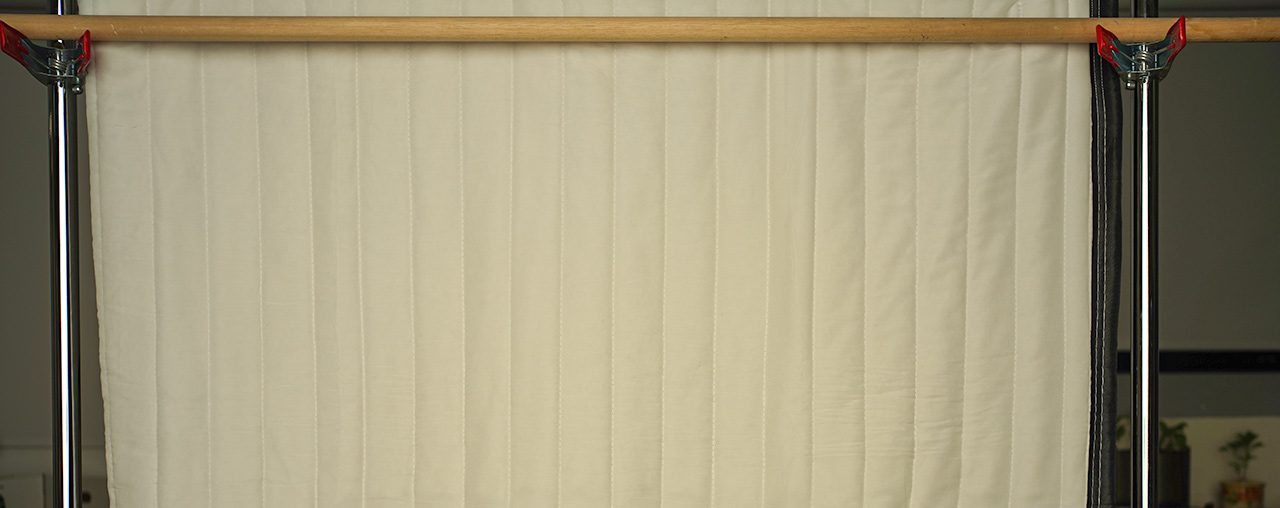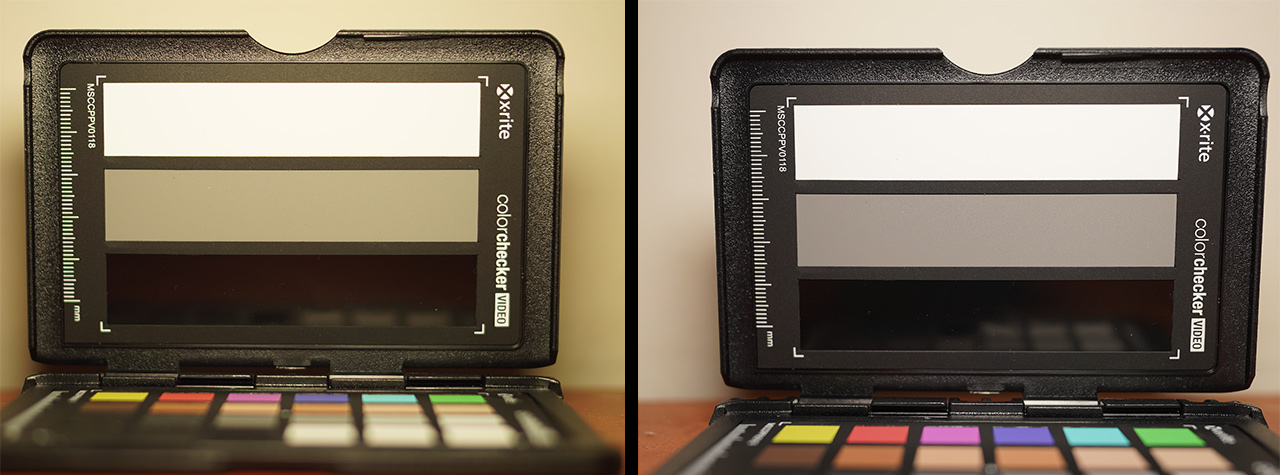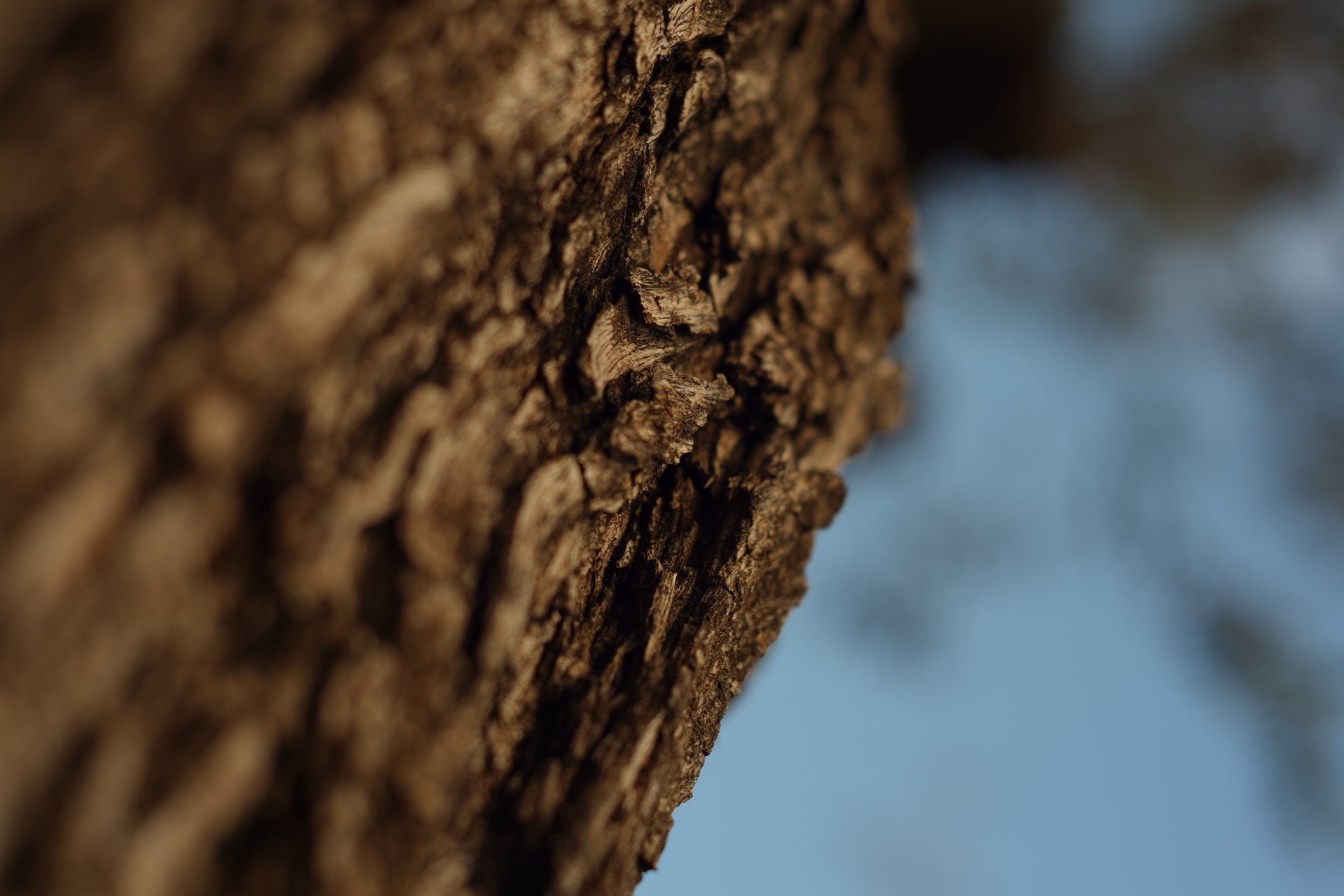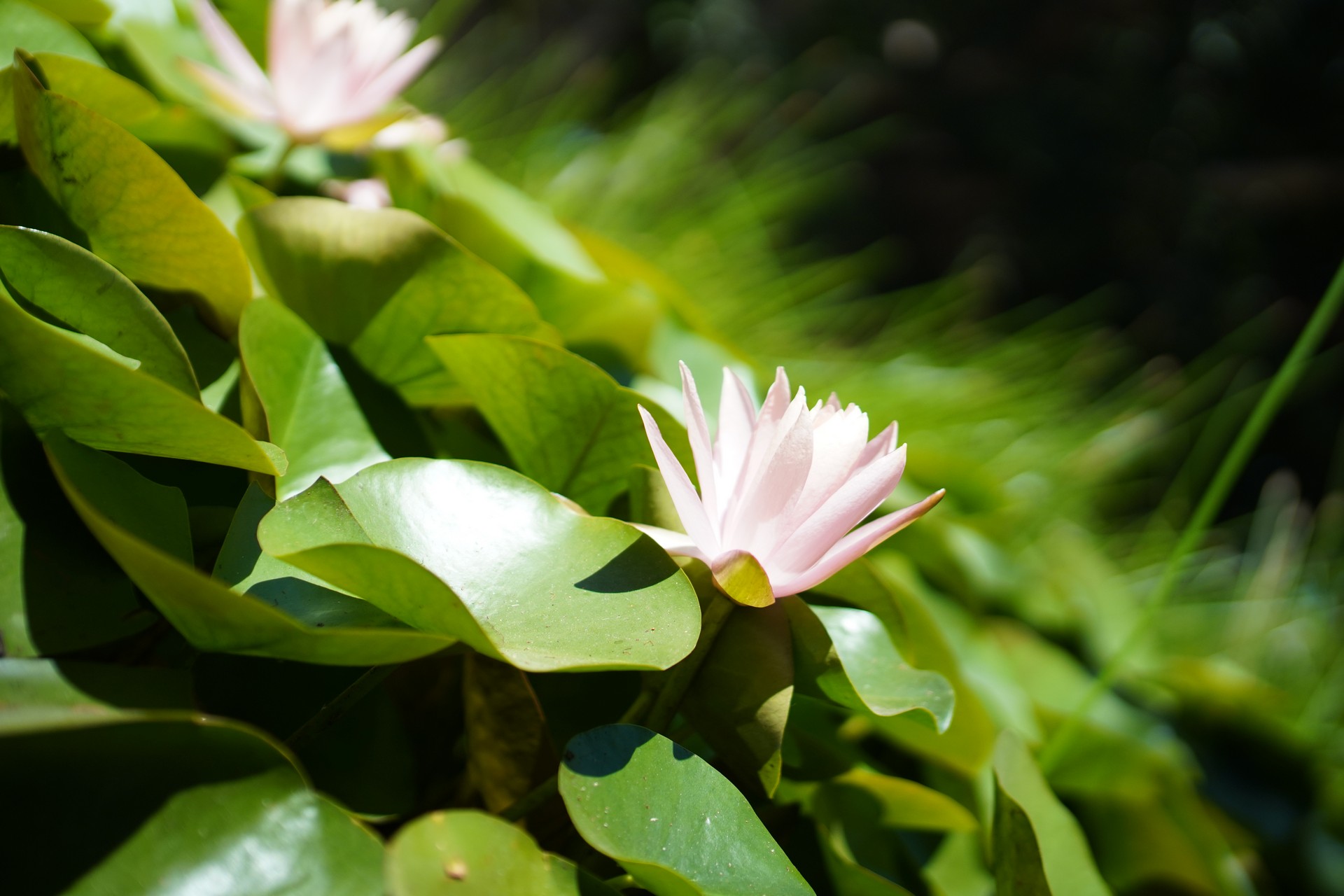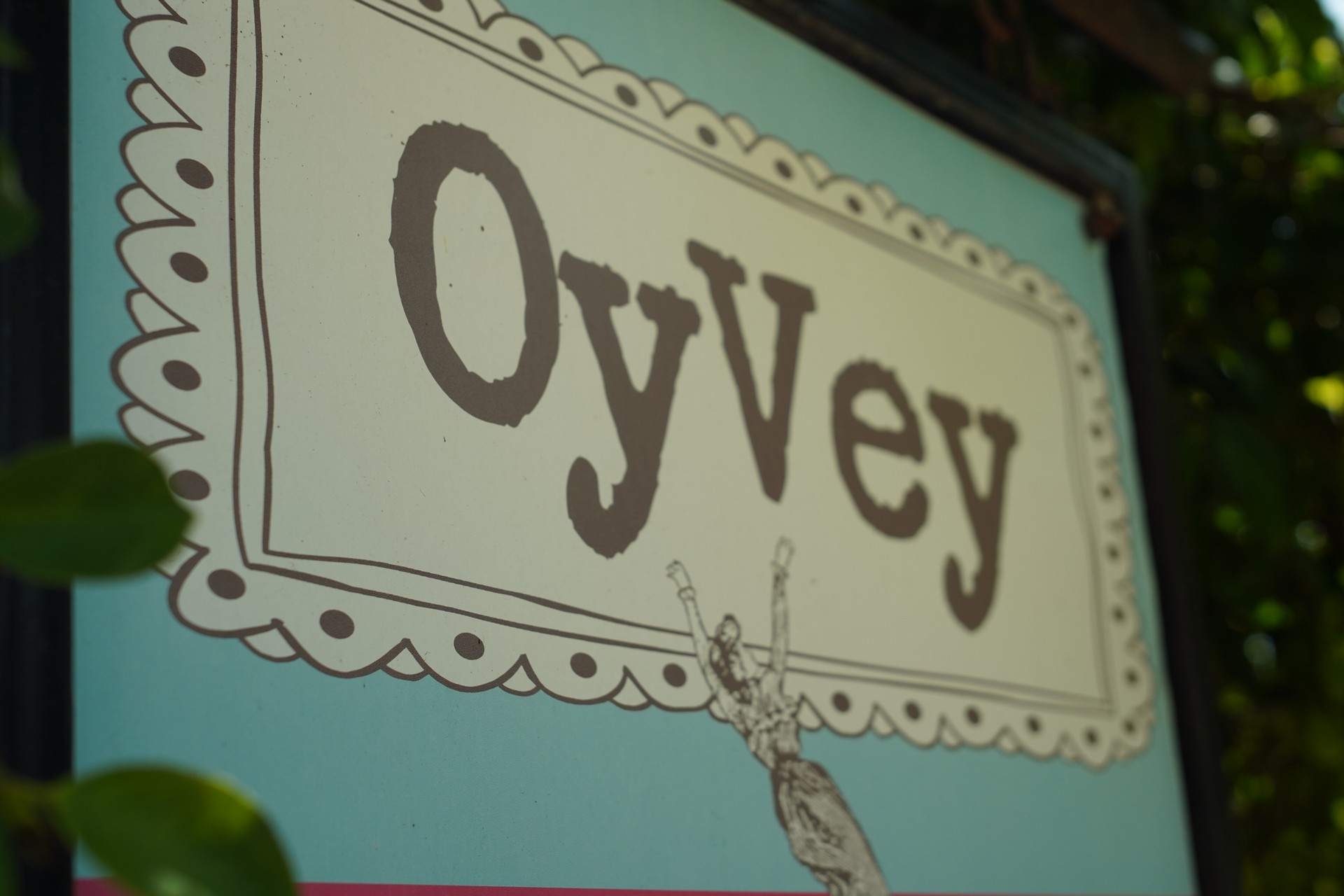Six years ago in May 2014, we published a review of the Nanoha 5X super macro lens made by the tiny Japanese manufacturer Yasuhara. Today we are publishing our second review of a lens by the same manufacturer – the Anthy 35mm f1.8, a small compact manual focus lens designed for mirrorless full-frame cameras.
We got the Anthy just before the pandemic began and so we had a few months to play with it. We will start as always with the design and build quality before we move over to performance and give you our final verdict.
The look of a modern classic – Anthy 35mm f1.8
Build & design
Optical Design
The Anthy has a fairly simple optical formula with 9 elements in 7 groups
Materials
The Anthy is made of metal and feels very much like a good quality classic lens. The rings, mount, and even the hood are all metal.
Size and weight
The lens is lightweight and compact. It measures about 8cm/3″ long and is just over 400 grams or a little above 14 ounces.
Rings
The Anthy has two rings, both with hard stops. The closer to the camera is the aperture ring which moves in clicks (this lens is not really designed for video work) from f/1.8 to f/16 and the second one is the focus ring which is a little wider and has a rotation of about 180 degrees and very nice resistance.
Buttons
The lens has no buttons or switches and is fully manual (no communication with the camera/no EXIF).
Sealing
The lens doesn’t seem to have any weather sealing, so be careful when working in the rain.
Mount
The lens comes in several possible mounts: Sony E, Canon RF, and Nikon Z mounts (we tested the Sony version on our A7R IV).
Hood
The Anthy has a retracted metal hood. We really like the idea it’s pretty cool but the design could be better since the hood wiggles a bit (grooves would have probably prevented this but honestly this is really nitpicking).
Filter
The lens has a 52mm filter thread and if you are curious, its rear element is quite recessed.
Lens Performance
Sharpness
We tested the sharpness of the lens using our special large professional Imatest high-end chart. As you can see wide open the image in the center is exceptionally sharp. Looking at the corners we see a very different picture and the image is soft at least until f/5.6.
Sharpness comparison center of the frame top left: f1/.8, top right: f/2.8, bottom left: f/4, bottom left: f/5.6 (@200%, disregard the color shift)
Sharpness comparison corner of the frame top left: f1/.8, top right: f/2.8, bottom left: f/4, bottom left: f/5.6 (@200%, disregard the color shift)
Minimum focus distance (sharpness close up)
The lens close up distance is about 22cm from the end of the lens (note that the official close up distance is typically measured from the sensor and hence is a few cm longer). The lens is pretty soft in the center at this distance wide open but closing down to f/2.8 improves the IQ considerably.
Close focus compersion – left: f/1.8, right: f/2.8 (@200% magnification, center of the frame)
Lens Breathing
We have already determined that this lens was not designed with video in mind and it indeed has some visible breathing when focusing from close up to infinity.
Chromatic aberrations
The lens does have some minor color fringing wide open which goes away when you stop down to f/2.8.
Chromatic abberation compersion – left: f/1.8, right: f/2.8 (@200% magnification)
Flare
We actually really like the way the flare is handled by the lens, it is certainly visible but looks very cinematic.
Vignette
The lens has a very prominent darkening of the corners until f/4 which never completely disappears even at f/5.6.
Vignette comperison – top left: f1/.8, top right: f/2.8, bottom left: f/4, bottom left: f/5.6
Barrel distortion
The lens had no barrel or pincushion distortion in our tastings.
No barrel /pincushion distortion
Bokeh
The Anthy has a pretty pleasant background separation with a nice bokeh with clean light balls although wide open those get oval very quickly as you move away from the center of the frame.
Bokeh test shot (@f/1.8)
Colors
One characteristic of the lens which we typically do not test but we did with this one was color. As you can see the Anthy has a very strong yellow cast when compared to the Sony 20mm f/1.8 lens (review coming soon). We know other users reported blue/purple “blooming” we did not encounter that. In our view, the distinct color of the lens is a big part of its charm but if you are looking for a neutral color lens – this one isn’t for you.
Side by side color test: Left – Anthy 35mm, Right – Sony 20mm f/1.8 (same settings 5500K light and custom WB on A7R IV)
Conclusion
So what do we think about the Anthy 35mm f/1.8? well, we are going to use a word that we kind of hate but does seem really appropriate here, this lens has some unique character to it. These days this term is thrown away in the air, way too often, but as we hope we have shown you in this review the Anthy has some really objective special characteristics that give it a unique look.
Character is not a dirty word – Anthy 35mm f/1.8
It is not super sharp corner to corner wide open, it doesn’t have amazing contrast but there is just something about those warm images that it produces that has a special quality to them, with that beautiful bokeh, cinematic flare, and strong center sharpness it just has so much potential in the right hands.
Does that mean that it is the right lens for everybody? no, certainly not. It is a fully manual lens and hence not quite as easy to nail focus with (especially with moving subjects wide open) and the aperture ring moves in clicks with pretty substantial breathing making it less than ideal for video shooters.
Pricing & bottom line
The bottom line: for just under $300 it is pretty hard to beat for anybody looking for a modern classic still lens for mirrorless cameras, just make sure you understand what you are getting with this lens before you buy one.
Sample images
All sample images were shot using the A7R IV (no processing was done other than cropping/resizing).
You can check out more LensVid exclusive articles and reviews on the following link.

You can support LensVid by shopping with our affiliate partners
Affiliates: Amazon, B&H, Adorama and E-bay.
Why should you trust us?